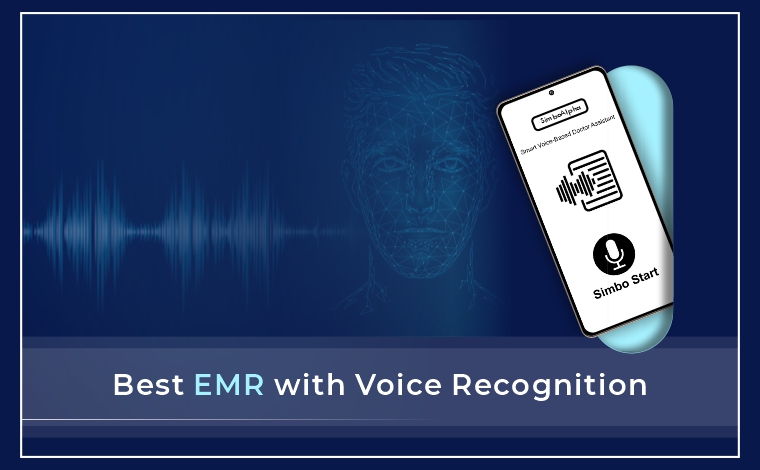


Electronic medical records (EMRs) do much more than just collect routine clinical information; they provide a comprehensive view of a patient’s overall health. EMRs are designed to not only store data within the original healthcare organization but also facilitate the sharing of information across various providers, including laboratories and specialists. This broader perspective ensures that all clinicians involved in a patient’s care have access to vital information.
According to the National Alliance for Health Information Technology, EMR data “can be created, managed, and consulted by licensed clinicians and staff across multiple healthcare organizations.” As patients move from one provider to another—be it a specialist, hospital, or even across state lines—their health information follows them. HIMSS Analytics highlights that EMRs enable the seamless sharing of medical information among stakeholders, allowing a patient’s data to accompany them through different care modalities. This accessibility extends not just to healthcare professionals, but also to the patients themselves, facilitating a more coordinated and efficient approach to care. When information is securely shared, it becomes significantly more powerful. Healthcare is a collaborative effort, and shared information is essential to that collaboration.
Effective communication is crucial in the healthcare system and significantly contributes to the value derived from it. Recently, voice technology has gained significant traction, from smart speakers in our homes to voice control in vehicles. The COVID-19 pandemic accelerated the adoption of voice technology, with many people utilizing smart speakers on a daily basis in 2020.
The rise of voice technology in 2020 was partly due to its contactless nature. As we transition into the vaccination phase of the pandemic, businesses are beginning to recognize that consumers appreciate the convenience of voice technology and are likely to continue using it. As people continue to seek the ease of voice-enabled interactions, companies should consider adopting a conversational-first strategy to foster deeper connections with their customers.
Digital voice technology presents companies with an opportunity to connect their products and services to their most important customers. Many adults already using voice assistants indicate they plan to use them even more frequently for tasks like making purchases or managing shopping lists. This trend creates an opportunity for companies to engage consumers on these platforms. However, businesses can go beyond the standard voice assistants found in smart speakers to create a distinctive voice that reflects their brand and differentiates them from others.
By implementing custom digital voices across various devices and touchpoints, companies can offer a cohesive experience throughout the entire customer journey, enhancing brand recognition. Just as visual branding elements are critical, having a unique brand voice should be instantly recognizable, engaging, memorable, and consistent across devices and platforms. When customers hear the same voice—regardless of the device or platform—they are more likely to trust the brand and form an emotional connection, which is increasingly important as voice technology evolves.
To successfully optimize digital voices, companies need to partner with the right voice provider. Ideally, they should choose a partner that prioritizes data privacy, commits to quality assurance, and utilizes the best technology available. This ensures that the company can create the most exceptional experiences for customers while safeguarding their privacy.